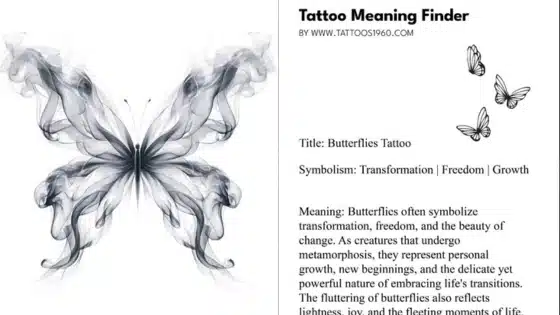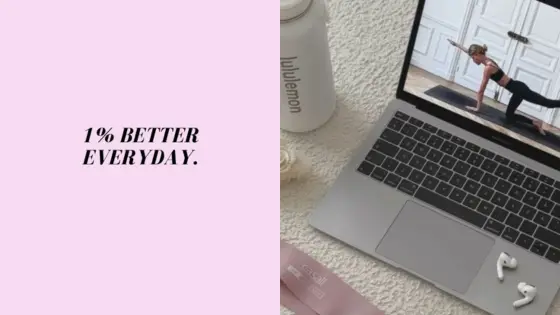Beyoncé’s visual album ‘Lemonade’ stands out as a groundbreaking project that seamlessly merges powerful music with striking visual storytelling. You experience more than just songs—you’re immersed in a vibrant film where each image, lyric, and dance carries meaning, making ‘Lemonade’ a true fusion of music and visual art. The album explores deeply personal and social themes, drawing you into its world with poignant poetry, innovative cinematography, and unforgettable performances.
From the haunting visuals to the evocative soundscapes, ‘Lemonade’ invites you to witness Beyoncé’s journey through betrayal, redemption, and empowerment. The synergy between music and film crafts a narrative that is both intimate and universally resonant, encouraging you to reflect on identity, culture, and resilience.
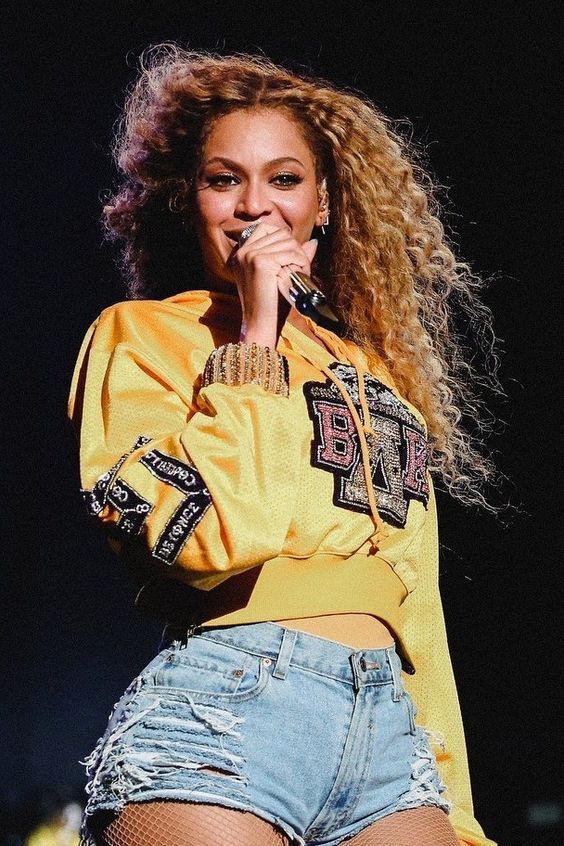
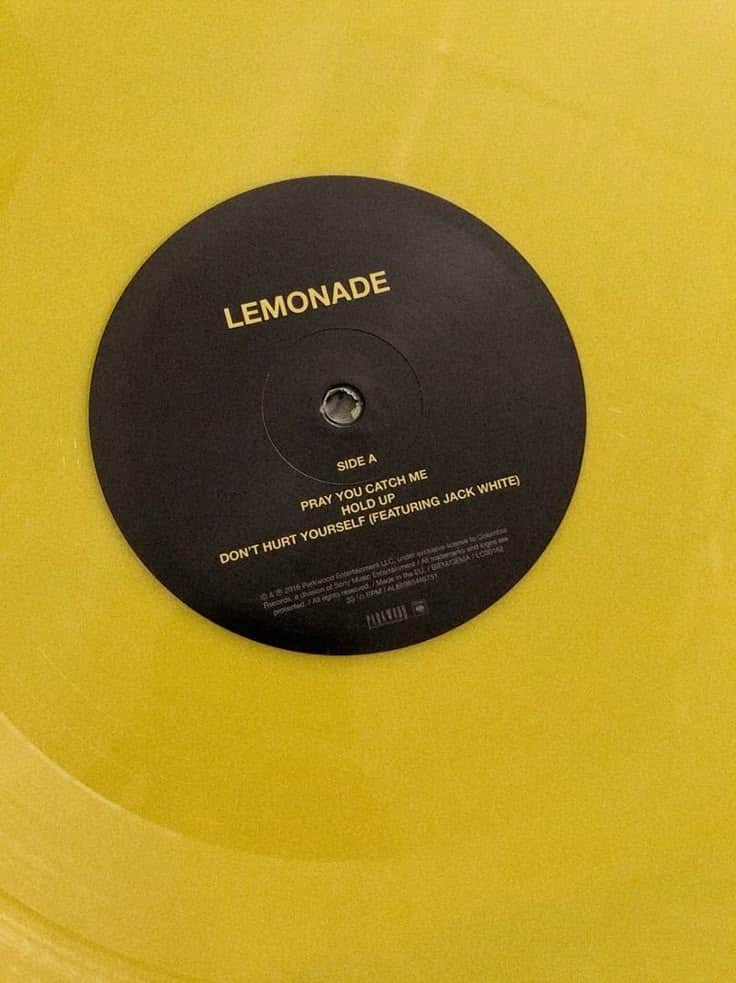
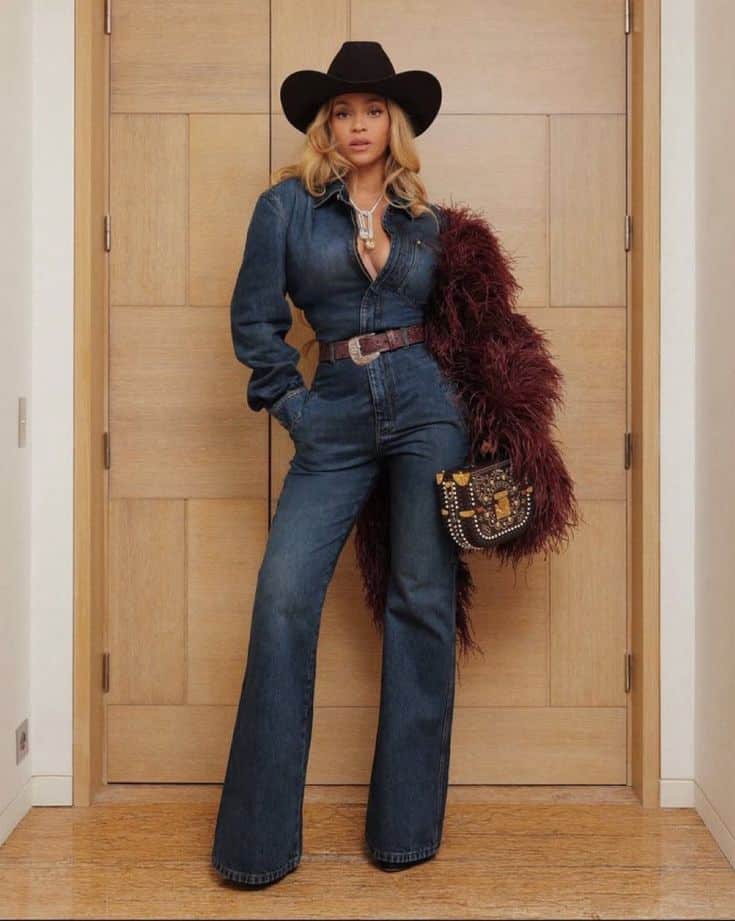
Key Takeaways
- ‘Lemonade’ blends powerful music with cinematic visuals for a unique storytelling experience.
- The project explores complex personal and social themes with artistic depth.
- Its innovative format set a new standard for visual albums in music and art.
The Concept and Structure of Lemonade
Lemonade is more than just an album—it’s an immersive multimedia experience that merges music, film, poetry, and visual storytelling. By releasing it as a visual album on HBO and Tidal, Beyoncé creates an artistic fusion that invites you to engage on multiple sensory levels.
Defining the Visual Album Format
A visual album presents each song with an accompanying music video, producing a seamless audiovisual narrative. With Lemonade, you experience the entire album as a single, extended film, blending music and visuals into a unified work.
Unlike traditional albums that depend on audio alone, a visual album such as Lemonade unfolds through cinematic sequences, striking imagery, and performance art. It draws from the traditions of music videos but extends them, using transmedia techniques to enhance storytelling across multiple platforms.
Beyoncé’s use of HBO for the initial release signals the ambition behind Lemonade—it’s designed for a broad, engaged audience, reaching beyond music fans to anyone drawn to powerful visual stories. By uniting audio and video, you’re offered a richer, layered encounter with the themes and emotions embedded in her music.
Narrative Arc and Thematic Progression
Lemonade follows a deliberate narrative structure, arranged to reflect a journey through betrayal, anger, resilience, and reconciliation. The album is divided into chapters such as “Intuition,” “Denial,” and “Redemption,” each accompanied by both original songs and evocative poetry—much of it written by Warsan Shire.
You witness Beyoncé’s exploration of infidelity and forgiveness, but also of generational trauma, black female identity, and empowerment. The story is not linear; rather, it’s carefully assembled as a collage of imagery, music, spoken word, and performance, inviting you to interpret multiple layers of meaning.
This case study approach means that each video, poem, and visual element is chosen intentionally. You’re presented with recurring motifs—water, Southern Gothic architecture, and grand, symbolic settings—that serve as emotional touchpoints throughout the film and album.
Multi-Genre Musical Influences
Musically, Lemonade is a blend of diverse genres including R&B, soul, rock, country, gospel, and hip-hop. Every song is matched visually with its own distinct style, amplifying the emotional atmosphere.
For example, “Don’t Hurt Yourself” draws from rock and features Jack White. “Daddy Lessons” embraces country influences, while “Freedom” incorporates gospel and blues. This genre fluidity highlights Beyoncé’s versatility and the album’s sense of exploration.
Paired with the shifting visual aesthetics—ranging from stark and raw to lush and cinematic—the music underscores not just the story, but also the cultural roots and complexity of black womanhood.
Here’s a quick reference table:
| Track | Musical Genre | Notable Visual Element |
|---|---|---|
| Don’t Hurt Yourself | Rock | High-contrast, kinetic imagery |
| Daddy Lessons | Country | Southern nostalgia |
| Freedom | Gospel/Blues | Powerful water symbolism |
| Formation | Bounce Hip-Hop | New Orleans iconography |
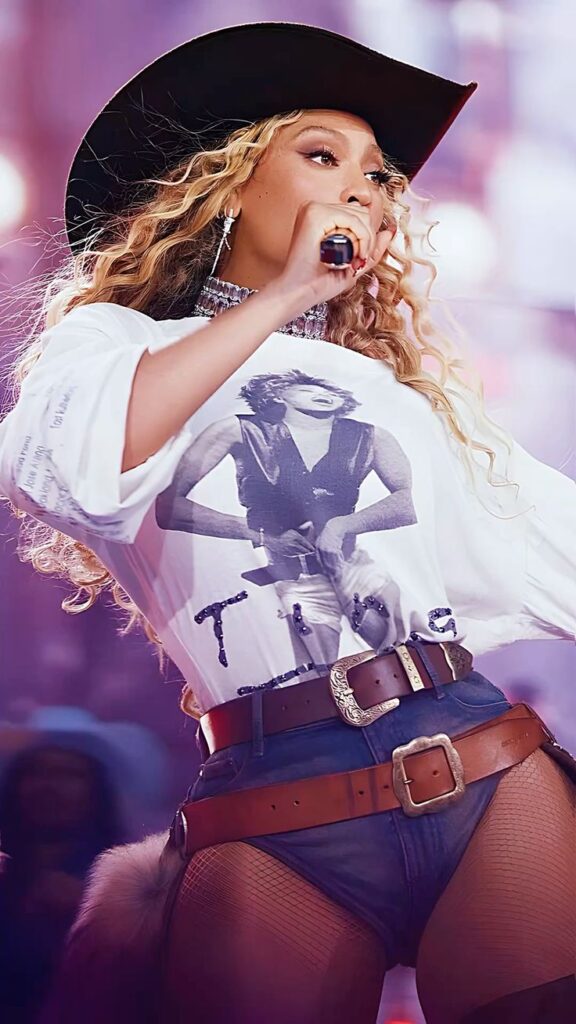
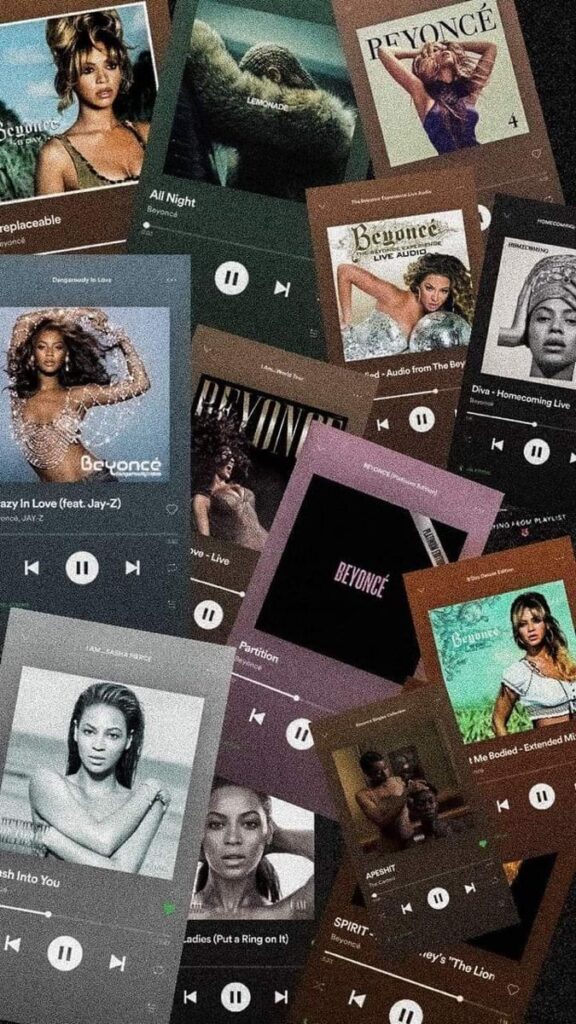
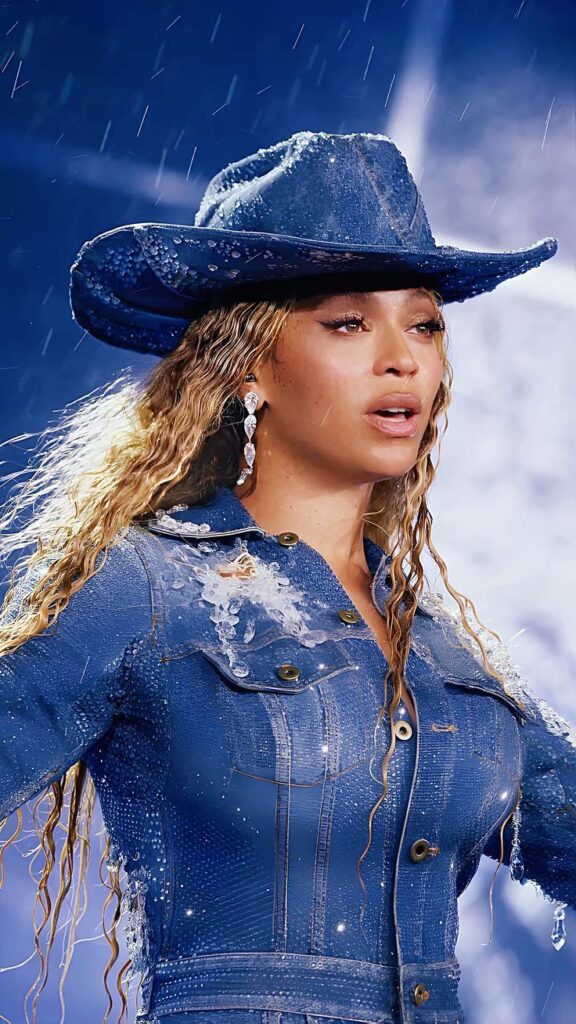
Synergy of Music and Visual Art in Lemonade
Beyoncé’s Lemonade transforms the concept of a visual album by tightly weaving together music, imagery, and narrative. The project draws on experimental film techniques, spoken word poetry, and references to iconic figures to build a multi-layered artistic experience.
Cinematic Techniques and Storytelling
In Lemonade, each song is paired with striking imagery that advances a narrative of betrayal, healing, and empowerment. The film-like approach makes use of lush landscapes, domestic spaces, and historical settings, grounding the personal story in broader cultural and historical contexts.
Editing, lighting, and camera movement create a sense of intimacy during moments of vulnerability, then shift to grandeur and spectacle during scenes of resilience. Beyoncé references classic and contemporary cinema, including stylistic nods to directors like David Lynch and Terrence Malick, giving sequences a dreamlike or poetic quality.
The visual narrative often employs symbolism—such as water, fire, and ancestral homes—to reflect themes found in the lyrics. The visual choices reinforce emotional shifts within each song, letting you experience the journey on multiple sensory levels.
Integration of Poetry and Interludes
A signature feature of Lemonade is its use of spoken word poetry, primarily written by Somali-British poet Warsan Shire. These poetic interludes bridge the music videos, offering insight into Beyoncé’s inner emotional life and expanding the dialog around Black womanhood.
The poetry serves as a connective tissue, drawing out themes of infidelity, anger, and forgiveness. Shire’s lines—delivered directly to the camera or layered over visuals—invite you to reflect on both personal and generational trauma.
Including poetry in this way transforms the album from a set of songs into a continuous narrative film. The words frame each section, helping set the tone and guide your interpretation of the imagery and music that follow.
Avant-Garde and Artistic Influences
Lemonade utilizes avant-garde aesthetics and references a broad spectrum of music videos and art, including visual homages to Prince and works that confront social issues. The project borrows from experimental art film traditions, merging fragmented timelines, non-linear storytelling, and layered soundscapes.
Beyoncé’s use of saturated colors, surreal compositions, and unexpected juxtapositions of music and image challenges what you might expect from a mainstream music video. Elements like Malcolm X’s speeches and visual allusions to historical photographs of the Civil Rights Movement place Lemonade in a larger cultural conversation.
This approach pushes the boundaries of the visual album format, drawing from both Black cultural history and the legacy of innovative artists. It invites you to see the connections between music, visual storytelling, and social commentary.
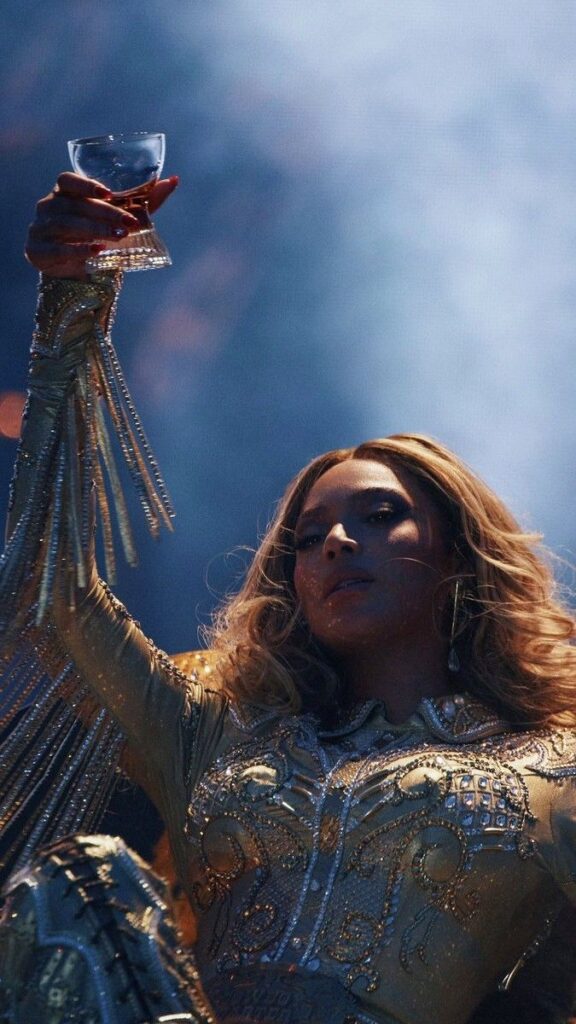
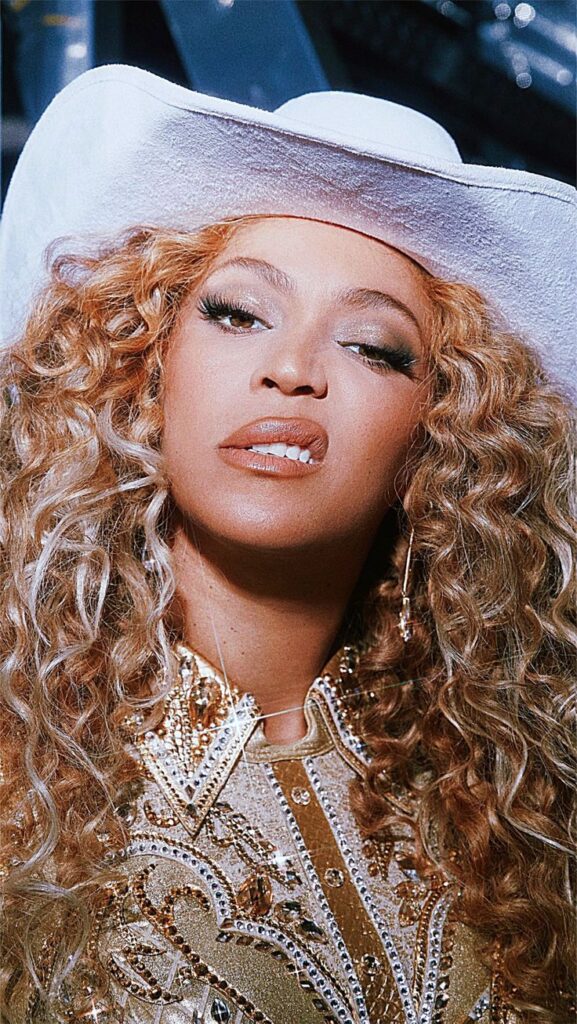

Themes and Social Significance
Beyoncé’s Lemonade uses music, poetry, and stunning visuals to address crucial aspects of Black identity, personal trauma, and resilience. Through its vivid storytelling and evocative imagery, the album draws you into a layered narrative of pain, healing, and celebration.
African American Identity and Black Womanhood
Lemonade centers the lived experiences of Black women in America. You see Beyoncé engaging with the history of African American womanhood, using both imagery and the poetry of Warsan Shire to elevate stories often overlooked.
The film references iconic moments and figures, such as the words of Malcolm X, who described the Black woman as the most disrespected person in America. You witness images of Black mothers—including the mothers of Trayvon Martin and Michael Brown—holding photos of their sons, connecting personal pain to larger social struggles.
The work highlights the beauty and power of Black women, drawing from Southern Gothic traditions and Afrofuturism. Through dress, setting, and choreography, it affirms Black womanhood as complex, multifaceted, and worthy of celebration.
Infidelity and Personal Healing
A pivotal aspect of Lemonade is Beyoncé’s candid depiction of infidelity and betrayal within a marriage. Through lyrics and visuals, you experience the pain and confusion that follow broken trust.
Beyoncé uses these moments to explore not only her personal journey but also the broader narrative of women who must decide how to respond to betrayal. The album doesn’t shy away from vulnerability; instead, it makes space for you to reflect on your own experiences with love’s disappointments.
The healing process becomes central, moving from initial shock to reflection. The album suggests that true healing requires not just time, but honesty, accountability, and the support of community and family.
Grief, Anger, Forgiveness, and Redemption
Each stage of emotional recovery is given space throughout Lemonade. You see raw moments of grief and anger, expressed through bold performances and striking visuals. The project acknowledges Black women’s rage as valid and necessary, contrasting societal expectations with authentic emotional responses.
Lemonade walks you through these emotions in stages:
- Grief over lost trust and repeated injustices
- Anger as a response to disrespect and neglect
- Forgiveness as a complex, difficult process
- Redemption as the result of inner strength and reconciliation
Beyoncé frames forgiveness not as forgetting, but as reclaiming agency. You’re encouraged to see forgiveness and redemption as possible outcomes, not guaranteed ones, and rooted in self-love.
Hope and Empowerment
Despite the darkness faced in earlier chapters, Lemonade concludes with a message of hope and empowerment. You see Beyoncé, joined by a community of Black women, celebrating survival, resilience, and solidarity.
The visuals turn brighter, reflecting the internal reclamation of joy and pride. Through songs and choreography, the album encourages you to find strength amid adversity and to value your own worth.
Empowerment here isn’t abstract; it’s grounded in lived experience. Beyoncé’s Lemonade invites you to recognize both pain and possibility—reminding you that healing and hope can coexist with struggle.
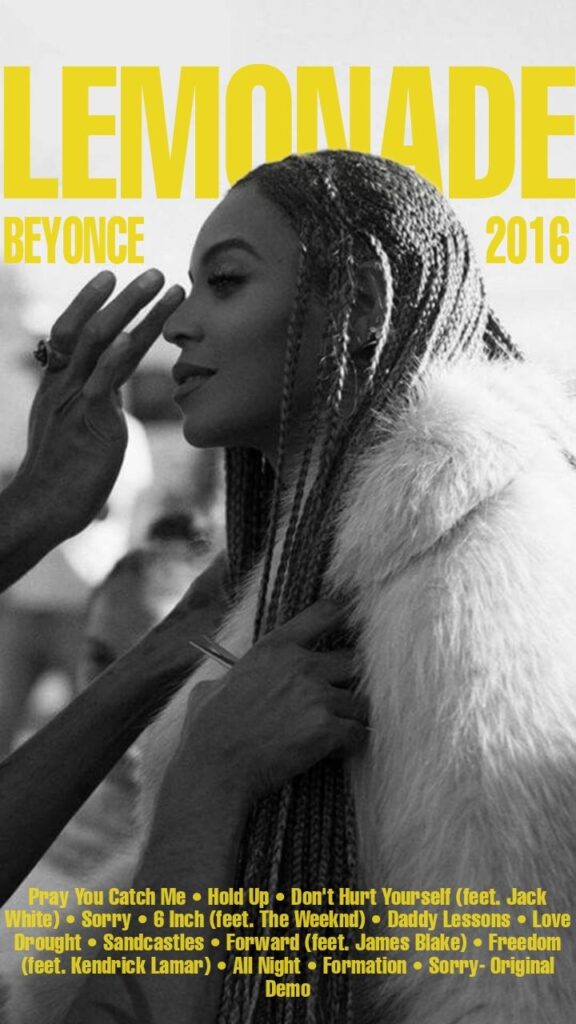
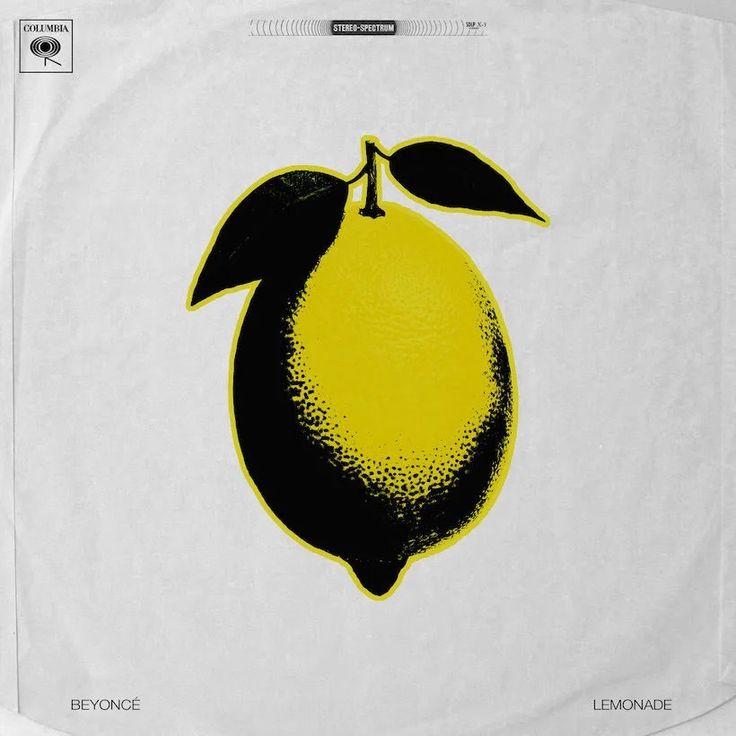
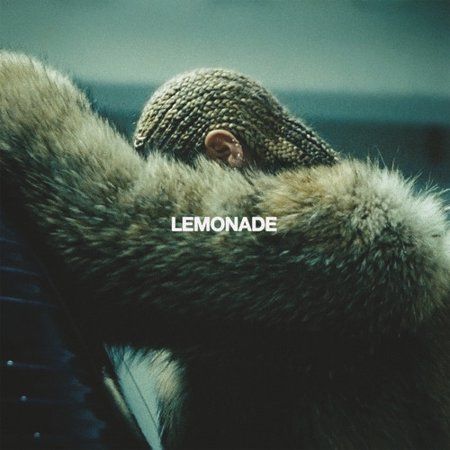
Collaborators and Influences
Beyoncé’s Lemonade is notable for its creative partnerships and diverse inspirations. The album draws from a wide pool of musical talent, poetic voices, and visual artists, resulting in a richly layered project.
Featured Artists Across the Album
Lemonade showcases high-profile collaborations that span pop, alternative, soul, and hip-hop.
Notably, you hear The Weeknd’s haunting vocals on “6 Inch,” bringing a dark R&B layer to the record. On “Forward,” James Blake’s delicate production and shimmering voice amplify the track’s emotional core. Kendrick Lamar’s sharp verse in “Freedom” delivers explosive social commentary, adding urgency and power.
Jack White features on “Don’t Hurt Yourself,” fusing gritty rock with Beyoncé’s commanding delivery. Each artist brings a unique sound, ensuring you get an album that never feels monotonous. Their contributions aren’t just guest spots—they weave seamlessly into the album’s narrative, making each track feel like part of a greater story rather than just a playlist of singles.
Poetry, Speeches, and Cultural References
Throughout Lemonade, poetic and cultural references enrich your experience and deepen the album’s meaning. British-Somali poet Warsan Shire’s words frame much of the visual album, providing poetic interludes that connect personal heartbreak to broader struggles. The inclusion of Shire’s poetry helps you feel the emotional progression throughout the film.
The album samples influential speeches, such as an excerpt from Malcolm X, which underscores the ongoing strength and resilience of Black women. There are homages and nods to African American history, Southern Gothic imagery, and even subtle references to Prince’s musical legacy and style. These cultural touchpoints root the project in both personal and collective memory, inviting reflection.
Key Directors and Visual Artists
The visual component of Lemonade stands out thanks to the contributions of major directors and visual artists. Beyoncé collaborated with talents such as Melina Matsoukas, who directed “Formation,” and helped define the album’s visual style with bold imagery and striking composition. Kahlil Joseph co-directed segments, infusing avant-garde techniques that give the film a dreamlike quality.
Artists like Jenn Nkiru, Dikayl Rimmasch, and Jonas Åkerlund also contributed to various chapters, ensuring that each section feels visually distinct. The use of costume, set design, and Southern landscapes creates a cohesive world for you to immerse yourself in. The art direction elevates not just the narrative, but the way you experience the music itself.
Iconic Tracks and Standout Visuals
‘Lemonade’ combines powerful songs and striking visuals, offering you vivid stories and themes on identity, empowerment, culture, and personal relationships. Each track in the visual album pairs music with cinematography and symbolism, making every moment distinct and impactful.
Formation: Political and Cultural Impact
“Formation” closes the visual album with a message centered on Black identity. The video includes images from New Orleans, references to Hurricane Katrina, and nods to Creole heritage. You see a sinking police car, Black dancers, and direct commentary on police violence and cultural pride.
Lyrics reference Beyoncé’s father and her own upbringing, rooting the song in personal and collective history. You’re faced with a juxtaposition between celebration and protest. “Formation” became a touchstone for Black Lives Matter and inspired public discussion on race, police brutality, and American Southern culture.
At the Super Bowl, Beyoncé performed “Formation” with visuals inspired by the Black Panther Party. The bold aesthetic choices reinforced the song’s stance on empowerment and social awareness.
Sorry and Female Empowerment
In “Sorry,” Beyoncé explores infidelity and self-worth through unapologetic lyrics and visuals. The black-and-white segment was filmed at a Southern plantation, creating a stark and elegant backdrop. Serena Williams appears, embodying self-assurance and strength, as you watch women reclaiming their spaces and power.
You’re confronted with themes of betrayal, healing, and liberation from negative relationships. Beyoncé’s directness—”Boy, bye”—became an anthem for female empowerment and the refusal to be diminished by others’ actions. The visual style is minimalist but powerful, focusing attention on movement, attitude, and solidarity among women.
The song’s refrain and visuals invite you to define your self-value, making “Sorry” resonate far beyond its narrative context.
Hold Up and Visual Metaphors
“Hold Up” is visually memorable for Beyoncé’s yellow dress and the image of her walking through the street smashing car windows with a baseball bat. These visuals provide metaphors for release, rage, and vulnerability. The act of destruction is juxtaposed with her calm demeanor and radiant smile.
You encounter references to Yoruba water goddess Oshun through the color and water imagery. The symbolism explores the complexities of forgiveness, betrayal, and resilience in relationships, particularly in the context of her marriage to Jay Z.
The mixture of playful visuals, striking color, and serious undercurrents creates a memorable experience that adds layers of meaning to the song. The video became iconic for its imagery and the way it encapsulates a moment of cathartic self-expression.
Daddy Lessons and Personal History
“Daddy Lessons” blends country, blues, and southern musical styles, reflecting Beyoncé’s Texas roots. The visuals draw on rural motifs, horses, and family gatherings, connecting you to themes of heritage and generational knowledge.
The song delves into Beyoncé’s relationship with her father, Mathew Knowles. You hear about lessons on strength, caution, and identity, with references to her upbringing shaping her understanding of the world.
A recurring presence is her grandmother, Hattie, mentioned in “Forward,” whose narratives on survival and compassion bridge personal and ancestral experiences. “Daddy Lessons” uses visual and lyrical storytelling to explore how family history and lineage influence your sense of self and resilience.
Impact and Legacy of Lemonade
Lemonade stands out not only as a chart-topping album but also as a milestone in multimedia storytelling. The release combined music, poetry, and film to reshape the expectations for both albums and artists across the industry.
Critical and Audience Reception
Lemonade received immediate critical acclaim when it premiered on HBO and was released on Tidal. Reviewers consistently praised its genre-blending approach, weaving R&B, rock, country, and hip-hop elements into a cohesive narrative.
You saw Beyoncé addressing deeply personal and social themes—from infidelity to racial identity—making each track resonate with a wide audience. The album’s nomination for nine Grammy Awards, including Album of the Year, reflects both artistic merit and mainstream appeal.
Fans responded with strong engagement, with social media lit up by discussions of its visual symbols and raw honesty. The combination of innovative visuals and candid storytelling helped Lemonade stand out in Beyoncé’s discography.
Influence on Music and Visual Storytelling
Lemonade set a new benchmark for what a visual album could accomplish. By presenting the album as a long-form film on HBO, Beyoncé offered you an immersive experience that went beyond traditional music videos.
Artists and record labels have since taken inspiration from Lemonade’s synergy of sound and visuals, viewing the album as a blueprint for combining music and film. The impact is clear in newer projects released exclusively on streaming platforms such as Tidal, and in the rise of visual albums from both established and emerging artists.
Key Innovations:
- Poetic interludes by Warsan Shire highlighted the power of spoken word in mainstream pop.
- Each chapter of the film represented different emotional stages, inviting you to connect on a personal level.
- The narrative structure has influenced music video storytelling and album releases, leading to more conceptual projects.
Enduring Importance in Popular Culture
Lemonade continues to shape conversations about race, feminism, and representation in the arts. For many, it stands as a celebration of Black womanhood and a call for solidarity and healing.
You still see references to its imagery and themes in fashion, art, and social movements. The album’s visual language—such as the use of Southern Gothic motifs and allusions to African American history—remains frequently cited in academic and cultural discussions.
Its availability on platforms like Tidal means that Lemonade remains accessible, allowing new audiences to discover and interpret its layers. For those passionate about music, visual art, or social commentary, Lemonade remains an essential case study in the power of multimedia storytelling.
- 1share
- Facebook0
- Pinterest1
- Twitter0
- Reddit0








